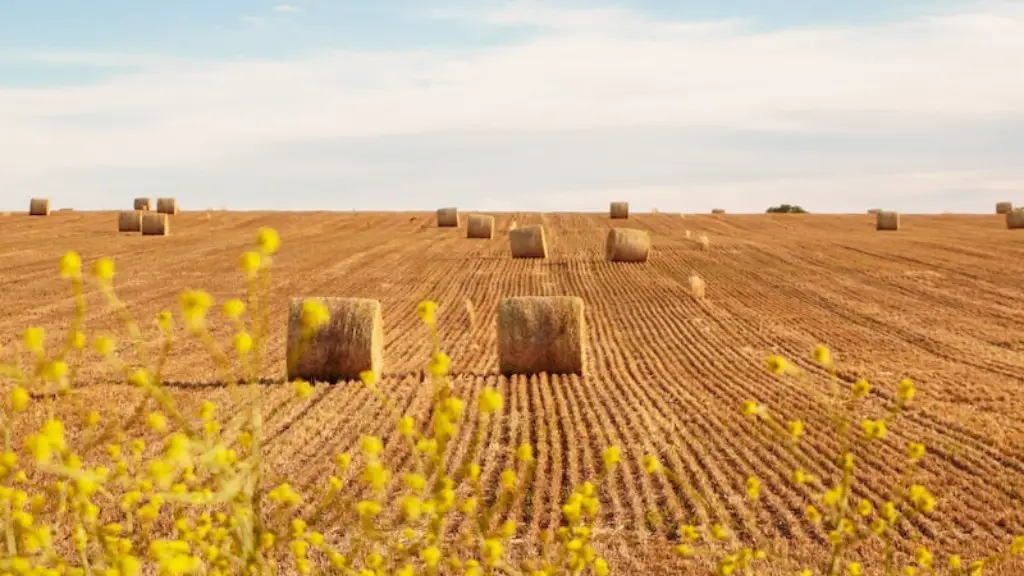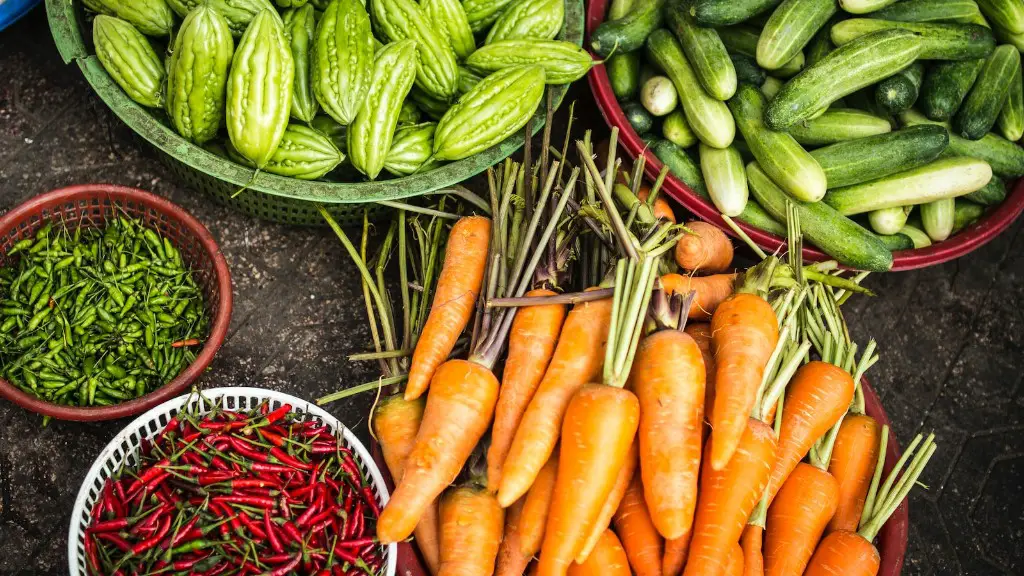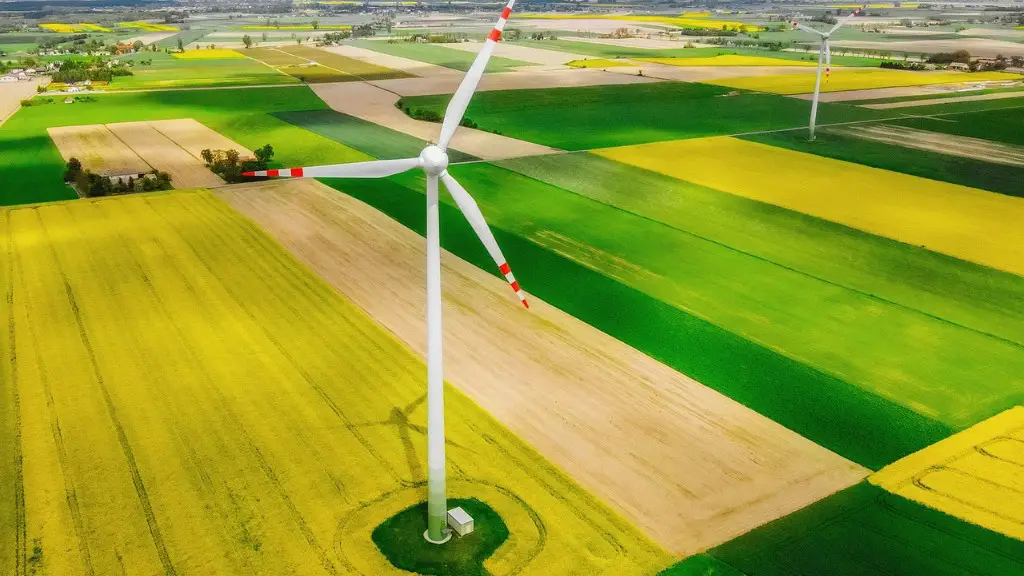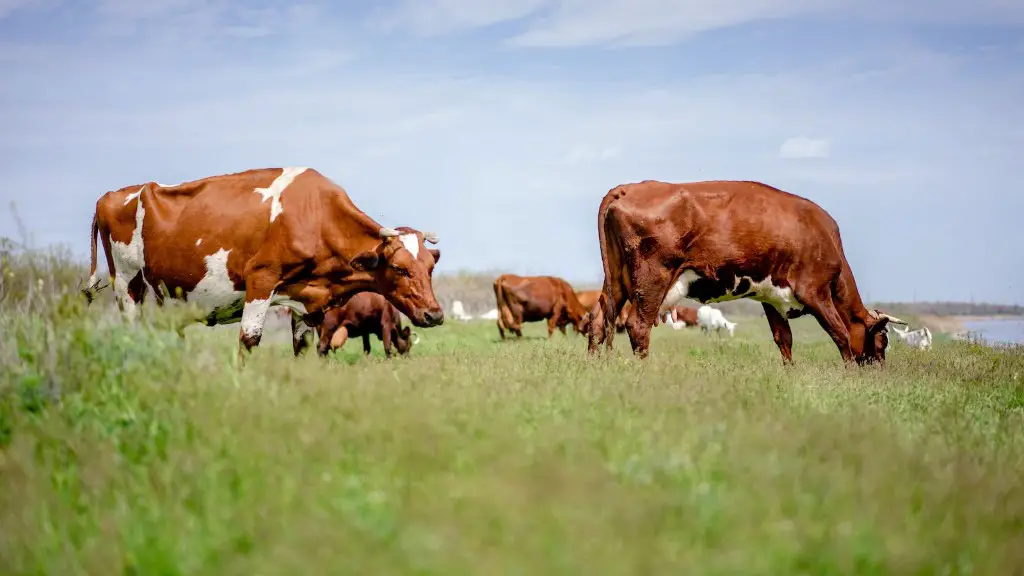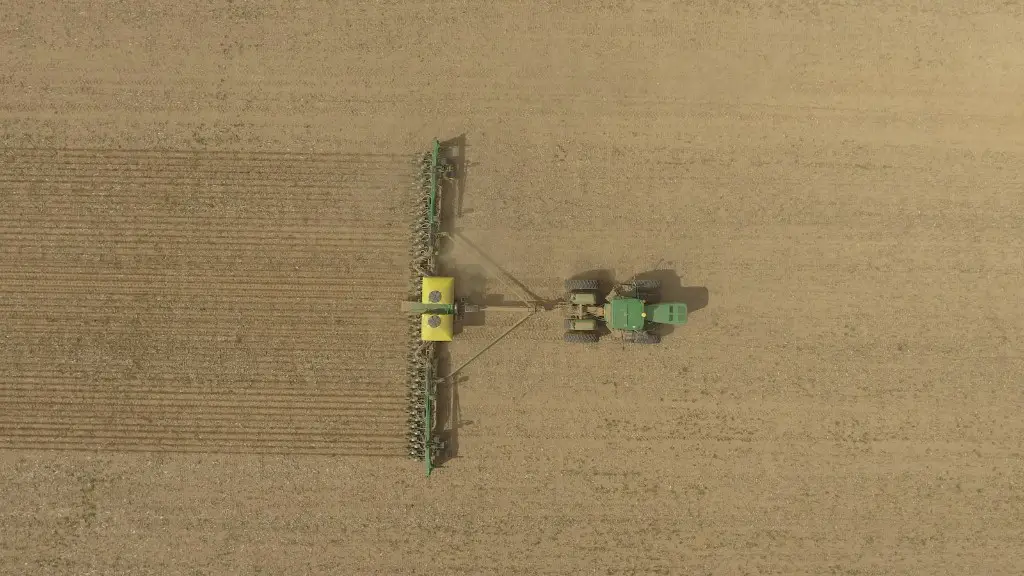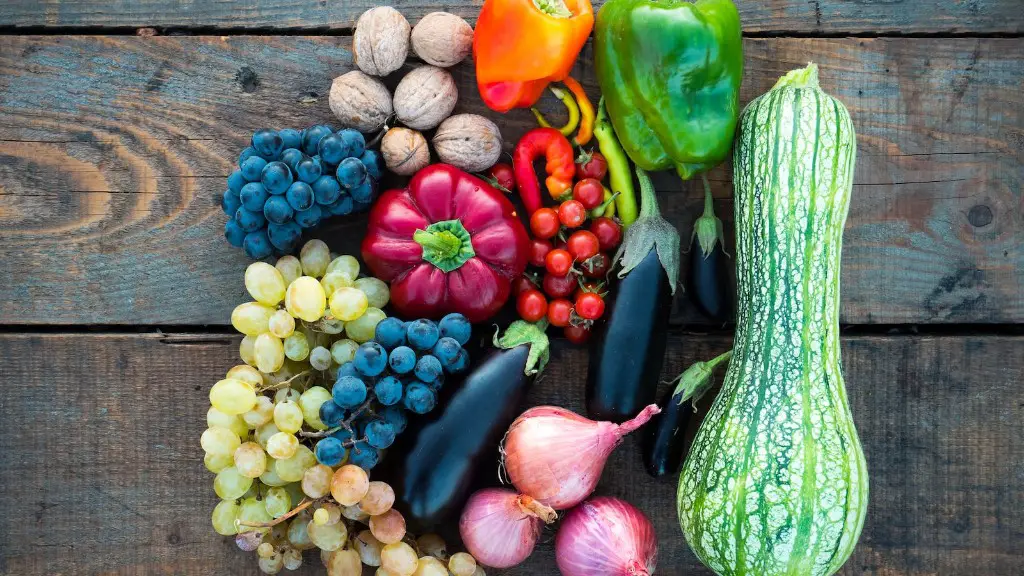Climate change, particularly global warming, is already affecting agriculture, with farmers and ranchers experiencing more extreme weather events, changes in average temperatures and precipitation, and increased pest and weed pressure. These and other effects are likely to continue and intensify as the world continues to warm. While some regions and crops may see modest benefits from a longer or warmer growing season, many more are likely to experience serious negative impacts, including decreased production, lower quality, and reduced yields. In addition, climate change is expected to increase the risk of crop failure due to extreme weather events, pests, and diseases. As a result, global warming is expected to have a significant impact on the world’s food supply, leading to higher food prices, reduced availability of certain foods, and increased hunger and malnutrition in many parts of the world.
Global warming can have both positive and negative effects on agriculture. On one hand, rising temperatures and carbon dioxide levels can lead to increased crop yields. On the other hand, extreme weather events such as droughts, floods, and heat waves can damage crops and lead to lower yields. In addition, global warming can also affect the quality of food, as well as the spread of pests and diseases.
How does global warming affect agriculture and farming?
Climate change has the potential to disrupt food availability, reduce access to food, and affect food quality. For example, rising temperatures, changes in precipitation patterns, and more extreme weather events could all lead to reduced agricultural productivity. This would in turn impact food prices and availability, and could cause challenges for food security.
Climate change is affecting agricultural producers in a number of ways. One is that changes in ozone, greenhouse gases, and climate change are affecting the specific climate conditions that agriculture and fisheries depend on. This can cause habitat ranges and crop planting dates to shift, and it can also cause droughts and floods that can hinder farming practices.
What are the agricultural impacts of climate change
Climate change is expected to increase the frequency of heavy precipitation in the United States, which can harm crops by eroding soil and depleting soil nutrients. Heavy rains can also increase agricultural runoff into oceans, lakes, and streams. This runoff can harm water quality.
Climate change is already having an impact on agriculture in the United States. We’re seeing an increase in flooding in many agricultural regions of the country, including the Midwest, the Southern Plains, and California. Sea level rise is also ratcheting up the frequency and intensity of flooding on farms in coastal regions.
These impacts are expected to continue and intensify in the coming years, as the effects of climate change become more pronounced. Farmers will need to adapt their practices and their operations to account for these changes. That may mean planting different crops, switching to more drought-resistant varieties, or changing the way they manage their land and irrigation.
It’s not going to be easy, but it’s critical that we start making these changes now to ensure that our agricultural industry can continue to thrive in the face of a changing climate.
Does climate change destroy agriculture?
Climate change will affect agricultural production in NSW, with changing conditions potentially attracting new pests and diseases, and changing the areas that are suitable for farming. This will have a significant impact on the state’s economy, as agriculture is a major contributor to NSW’s GDP. The state government is working to mitigate the impacts of climate change on agriculture, but it is a complex issue.
Water scarcity is one of the main predictors of crop failure. In a warmer world, water becomes a critical resource as precipitation patterns shift, drying out some regions and inundating others. Most of the world’s breadbaskets are located in areas that are becoming drier, making them more vulnerable to crop failure.
Which crop is most affected by climate change?
According to a new report, coffee is the most susceptible crop to high temperatures. In those countries accounting for the majority of the world’s production of Arabica – the dominant coffee variety – suitability for growing the crop will decrease by around half by 2050. This is a drastic reduction that will have a major impact on the global coffee market.
Climate change is one of the biggest challenges the world is facing today. One way to mitigate the impact of climate change is to develop crops that are more resilient to extreme weather conditions.
Researchers are working on developing strains of rice, maize and wheat that can withstand longer droughts and wetter monsoon seasons. These engineered crops could help reduce the impact of climate change on agriculture, and help ensure food security in the face of a changing climate.
What crops will benefit from climate change
Higher carbon dioxide concentrations help wheat, barley, and rice grow better than corn. The plants are more efficient at absorbing the gas, and they lose less water during the process. This is better for the plant’s growth.
There is a lot of excitement surrounding the prospect of gene-edited crops, as they have the potential to be much better than traditional crops. With the ability to precisely edit genes, scientists can create crops that are resistant to disease, pests, and drought. This could lead to a huge increase in crop yields, as well as a reduction in the use of pesticides and other chemicals. Additionally, gene-edited crops could be tailored to specific climates and soils, which would further increase their yields.
What is the greatest threat to agriculture in the next 10 years?
The biggest threat to agricultural sustainability is climate change. Climate change has caused a 5% decline per decade in crop yields. Heat, weather volatility, drought, super-storms, insect infestations, flooding, and seasonal changes are all direct results of the increasing levels of global warming.
Climate change is having a widespread impact on global agricultural production, from staple crops like potatoes and maize, to cash crops for wealthier customers like cocoa and coffee. There is growing consensus that climate change is already affecting crop yields and food security, but not all crops are equally at risk.
There is a growing body of evidence that climate change is affecting crop yields and food security around the world. A major review of the scientific literature by the Intergovernmental Panel on Climate Change (IPCC) found that shifts in temperature and precipitation are already impacting crop production in many regions, and that these impacts are likely to increase in the future.
While all crops are potentially at risk from climate change, some are more vulnerable than others. Crops that are particularly sensitive to changes in temperature and precipitation include cereal crops like wheat and rice, as well as root crops like potatoes and cassava. Climate change is also likely to have a significant impact on tropical crops like coffee and cocoa, which are sensitive to changes in temperature and rainfall patterns.
There is an urgent need to adapt agricultural production systems to the changing climate, in order to safeguard global food security. This will require a better understanding of the impacts of climate change on different crops, as well as the development of new technologies
How many years of crops are left
This is a really serious issue that we need to be aware of. Topsoil is essential for growing crops, and if we lose all of it, we’ll be in big trouble. We need to do everything we can to preserve and protect our topsoil.
We can expect to see more algae, seaweed, beans, legumes, nuts, wild grains, and cereals in the coming years. We may also see more lab-grown meat and false bananas. Insects and heat-resistant coffee are also likely to become more common.
How many years of agricultural soil is left?
Soil erosion is a problem that impacts both agriculture and the environment. Some types of soils are eroding quickly, while others are eroding slowly. The estimated lifespan of different types of soils varies widely, from less than 100 years to over 5000 years. This means thatSoil erosion is a problem that impacts both agriculture and the environment. Some types of soils are eroding quickly, while others are eroding slowly. The estimated lifespan of different types of soils varies widely, from less than 100 years to over 5000 years. This means that proper management of soils is essential to sustainable agriculture and to preserving the environment.
Climate change is causing millions of acres of land to be phased out annually. Drought, heat, flooding, and other symptoms of a warming planet are making it difficult for crops to grow and survive. This is leading to a food crisis as well as a loss of livelihoods for farmers and other agricultural workers.
Warp Up
There are a number of ways in which global warming can affect agriculture. As temperatures rise, crops may be exposed to new pests and diseases to which they have no resistance. Drought conditions may also become more common in some areas, making it difficult to grow crops. Flooding caused by extreme weather events may damage crops or make farmland inaccessible. All of these factors can lead to reduced crop yields and higher food prices.
Global warming will have a number of effects on agriculture, including an increased need for irrigation and changes in crop patterns. With higher temperatures and changes in precipitation patterns, crops will be under stress and yields will decline. In addition, global warming will lead to an expansion of the areas suitable for agriculture, as well as new opportunities for crop production in higher latitudes.
